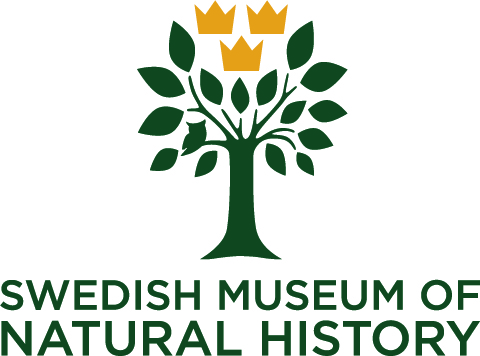Swedish Malaise Trap Project - Collection Inventory
Swedish Museum of Natural History
Description
SMTP data are occurrence data from a major inventory project targeting mainly flying insects, where Malaise traps were collecting on a large number of localities throughout Sweden during 2003-2006. The project is a part of the Swedish Taxonomy Initiative, and is currently run from Station Linné on Öland. The total catch has been estimated to approximately 80 million specimens, and sorting and identification is ongoing (and will continue for some time). Already after a small part of the catch has been identified to the species level, there are several hundreds of species new to the country or to science.
Most of the material is kept in 96% alcohol, but certain groups are being dry-mounted in connection with identification, on pins or slides. The catch is part of the collections of the Swedish Museum of Natural History, and data are handled via the museum and the DINA system.
The purpose of the inventory was primarily to find new species to the country and to science, and in general to acquire fresh material of poorly known insect groups for research projects within the Swedish Taxonomy Initiative framework, especially Hymenoptera and Diptera. However it turned out to be an interesting material also for mere faunistic mapping of the distribution of species within the country also for better known groups, and specimens and/or data can be used for investigating various ecological and other questions.
Data is in the form of a sorting inventory or species lists. The difference is merely practical, since both concern identifications and record the occurrence of a certain taxon i a certain sample (representing a time interval and a particular locality). But sorting inventory deals with taxa on different levels which are continuously being identified by regular project staff for distribution to taxonomic specialists, while species identifications (and similar) represent the target level, and is performed by specialists for a particular group one by one (in single sub-projects if you will).
Metadata (project description, trap description, trap localities and classification of what habitat they represent, temporal interval of single samples with occasional comments about physical quality (state of preservation) are detailed and constitute its own subset of data as well as a cornerstone in the occurrence data.
Temporal coverage:
Collecting took place in 2003-2006. Single traps were active throughout the period or in parts thereof. (A couple of additional traps from 2007-2009 have been included in the data.) Temporal data are on the level of an entire trap sample and specify the date interval from the previous emptying to the current, usually a couple of weeks but sometimes shorter or longer.
Systematic coverage:
The target group is mainly flying insects, but all animals caught are being sorted and in the long run identified to species. For example the material includes large amounts of other terrestrial arthropods (spiders, mites, springtails) and scattered specimens of other invertebrates (snails, earthworms etc) (– and even single anecdotal examples of unwanted by-catch of vertebrates).
Habitat coverage:
The distribution of traps is far from random. Selected trap sites represent a maximal diversity of habitats with a particular focus on habitats considered understudied and/or particularly species-rich, including localities famous for rich insect species diversity. In order to maximize the catch traps were often placed in border zones between different habitats (forest edges etc), but it has been possible to sort them into a small number of habitat classes for ecological comparisons.
Taxonomic range
Kingdoms covered include: Animalia.
Geographic range
Data are from 73 malaise traps from circa 45 localities from all over Sweden, from Sandhammaren in the south to Nuolja in the northwest, from Hamburgsund on the west coast to Vasikavuoma in the northeast.
Number of specimens in the collection
Click the Records & Statistics tab to access those database records that are available through the atlas.
Metadata last updated on 2023-03-29 13:54:36.0
Digitised records available through the Atlas
Looking up... the number of records that
can be accessed through the Swedish Biodiversity Data Infrastructure
Click to view all records for the Swedish Malaise Trap Project - Collection Inventory
No records are available for viewing in the SBDI.


